Photography: Take a Break and Learn to See
By: Thorsten Overgaard. December 16, 2024.
People look, but they don’t see. The ability to truly see and capture the moment with your eye can be a source of pleasure, just like listening to music or enjoying a great meal. But it doesn’t happen on its own
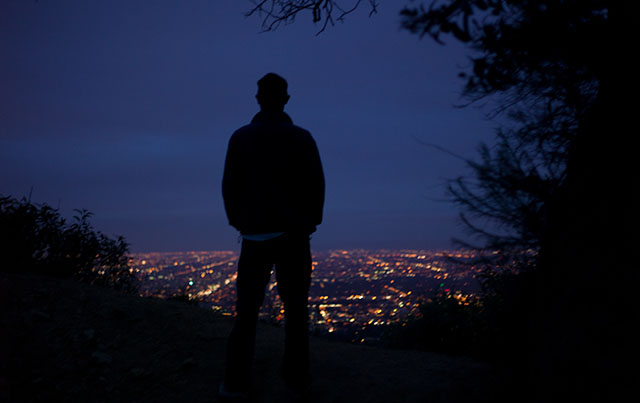
Leica M9 with Leica 50mm Summicron-M f/2.0 Rigid. © Thorsten Overgaard.
One of the things I enjoy in life is smoking a cigarette. I think the reason is that it helps me relax my viewpoint. It gives me a break to sit back and truly observe, both mentally and literally.
We live in a fast-paced world where smartphones constantly push alerts, and machines seem determined to notify us of everything — from new messages and step counts to notify us in the middle of the night that someone has re-tweeted our last tweet.
Most of the day we are busy getting somewhere and keeping an eye on traffic and waiting for a green light in a crossing.
You have to force yourself to just take time to look at things and form your own viewpoints. Waiting around or using pen and paper, smoking a cigarette, waiting for an airplane to arrive or forcing yourself to sit down on a bench in a park, for no particular reason. These are the sort of rare occurrences that allow you to actually look and maybe see.
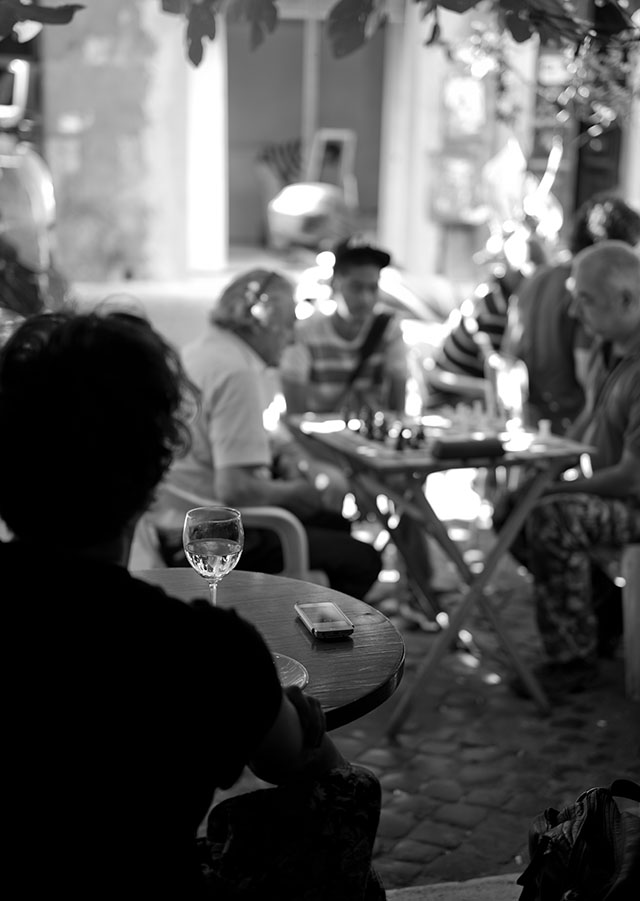
Leica M246 with Leica 50mm APO-Summicron-M ASPH f/2.0 LHSA. © Thorsten Overgaard.
If and when you do, you get to rest your viewpoint and notice things. That’s when you notice the beautiful light that happens to accentuate the spider web between two trees that a busy little spider has been working on all night. Or you notice the flowers on the table and the shape of the salt and pepper shakers on the table. The subtle knitting in the white tablecloth and how the low sunlight accentuates the pattern.
I was in Hollywood. Most people think I travel all the time, and I do. But I actually have breaks of whole days or several days where there is no work-agenda nor travel scheduled. That time is my own and I can decide if I want to go photograph, write or read.
Some mornings I go out on the rooftop before the sun starts heating up the city. I have my coffee and a Kindle and read a couple of chapters in a book about Jay-Z, who made it from being a drug dealer on the corner in Brooklyn, to being a brand name and a business.
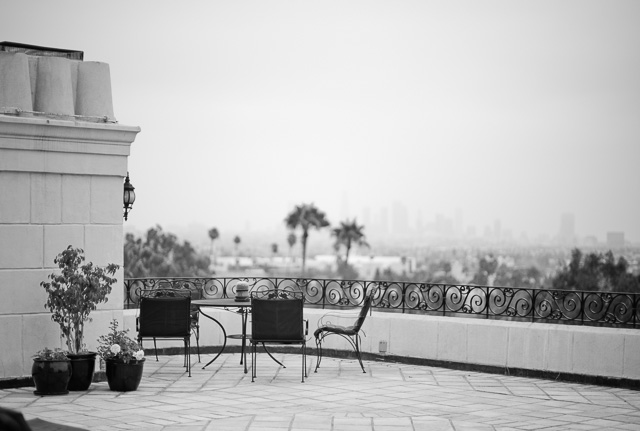
Hollywood. Leica M246 with Leica 75mm Summilux-M f/1.4. © Thorsten Overgaard.
I made it a rule not to check my phone alerts as the first thing in the morning, but to take time to look over the rooftops and read a book on a device which doesn’t give me any alerts. A book would be perfect, but it seldom works when you travel. I tend to have books in all places because I cannot take them with me.
In the same manner, a notebook is perfect. I love pen and paper, but find it difficult to organize paper notes so I can find them. Writing on paper with a pen is a process rather than an actual tool these days. It has its places to scribble notes, it makes you bite your pen and think while you look at the empty space in front of you. For making notes, pieces of articles, etc. digital notes are more practical.
You have to find ways to take a break. That’s what we’re talking about. It’s is one of the valuable things of being a photographer. Your assignment is to lounge about without any plan, looking for things that might be of interest; hanging around on street corners. The faster you walk, the less you see.
It’s a great excuse to have a camera because you are free to change direction and spend as much time as you want on nothing. Unlike the tourist that hurries around to capture memories from early morning until late night, in one tourist trap after the other in exotic cities, you as a photographer capture moments and you are productive. You make pictures from walking around and doing nothing. You make something out of nothing. Even so, often the best photos come about when you take a break from walking and sit down to have coffee. The instant you put down the camera, that is often when you start seeing the pictures.
It’s interesting that the harder you try, the harder it gets. That is often the rule.
I often make a detour into a church or a park whenever I come across one. It slows things down; it changes the gears. It is interesting that when you visit places where someone has arranged things to entertain you, those are the least photogenic locations. You go to a mall and your senses are bored to death with messages and benches and garbage bins aligned in orderly patterns. The same happens at water fronts that are designed to entertain, feed the stomach and empty the wallets of visitors.
How to take a break from all this? As a photographer, it is more aesthetically pleasing and more photographically pleasing to visit the small streets and the local stores that haven’t been touched by city planners and mall planners. This is where you meet the son that takes care of the family store in the afternoons after school and whom offers a much more interesting photo opportunity than the teenager on minimum wage dressed in a uniform in the mall. Restaurants with numbers on the tables are usually to be avoided. It’s too well-organized, not personal.
When you walk down a street, the break is often in the backyard or places you normally wouldn’t go. Take a break and walk in through the driveway to the backyard if the light looks interesting or something else looks like it might be interesting. You don’t know until you get there, but you don’t have to report to anybody that you just wasted five minutes if it wasn’t. You’re taking a break.
In choosing which way to go, choose the interesting one. It is almost certain that nothing of interest will happen on the main road that all others are going on.
It is more valuable to zig-zag through unknown streets. It may or may not be as fast, but you are taking a break. If you don’t take breaks, how would you see and take photographs?
A full day of my workshops is usually dedicated to walking around and photographing without any plan. We walk as a group and know where each other is even when we get separated across an area. I don’t make any plans except that we look for light, and often we have a location we are walking towards. But we don’t know how fast or slow we will be, in arriving. It’s just a direction. Sometimes we never arrive there.
“The road is the goal” as the saying goes.
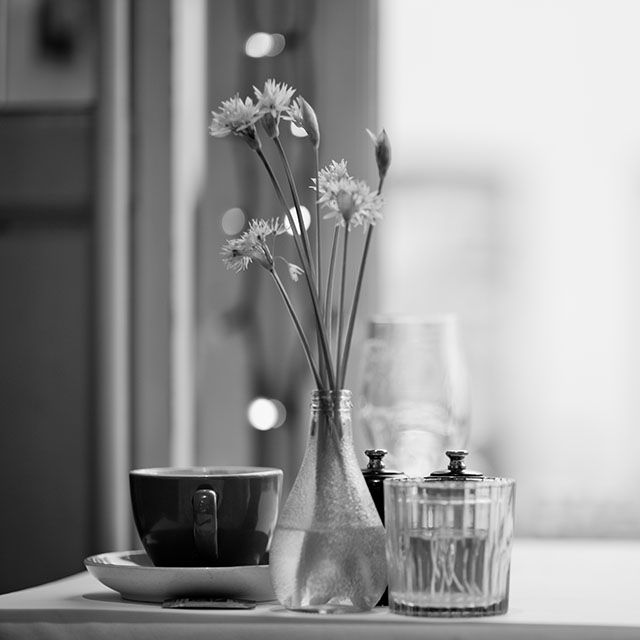
Leica M10 with Leica 75mm Noctilux-M ASPH f/1.25. © Thorsten Overgaard.
The goal is not to visit a number of places. The goal is simply to get out there in the streets, and if all goes well, to get lost. What mostly happens is that nobody in the group ever took so many photographs in one day, and at the same time had a relaxed day completely off the grid. In other words, it is extremely productive, and I personally believe it is the greatest lesson people learn on that day: if you walk around with a camera, you will make photographs.
It’s a surprise even for me how many photographs I take in terms of the number of photographs, but even more surprising is how unpredictable it is to discover which ones are the good ones and which ones didn’t turn out. I think the message is, “Just get out there with a camera and something will happen”.
I have had people who’ve never allowed themselves to take a break in their lives, and I have had people who are used to planning every day in 15- and 60-minute increments, and suddenly their work is to walk around and just look at things. It’s a therapy.
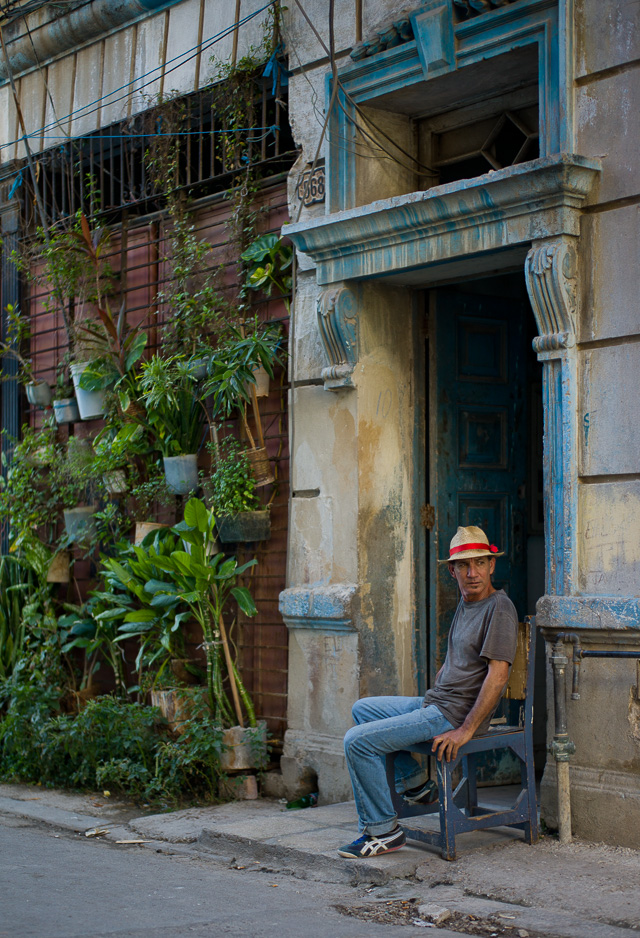
Havana. Leica M9 with Leica 50mm Summilux-M ASPH f/1.4 BC. © Thorsten Overgaard.
I probably run the most unorganized and casual workshop that ever existed. Without a camera it is unlikely that any of us would just walk around for a whole day. You’ve got to do something, and the camera is an excuse to do nothing.
If we didn’t have that, we would go play pool and drink beer or something. With a camera, you can take a break for 5 minutes or 5 days. Not only will it be liberating, it will also be productive and help you create something that no store, office nor factory offers: Aesthetics.
How do you know who you really are and what you are capable of if you allow smartphones, software, television and other people to occupy your schedule and attention every minute of the day? With a camera and time to see, you will experience yourself capable of creating things that will impinge, impress and change others’ viewpoints.
I can say that is true for anyone. I have worked with quality control managers of large German corporations, dotcom entrepreneurs, artists, sales people, students, housewife’s, filmmakers, and all.
Most people respond to things. If you notice, most of what people talk about is a response to what they saw on the news, read in a book, were told on television, saw in the street, or experienced in a store or on the way home from the office.
Very few people originate things from themselves.
What does that mean? It means that there are agendas all the time and often intelligence and responsibility is measured in how well you are informed and can form an opinion about a mass rape in India or a new tax legislation in the USA. Those are the important headlines in society. But for you? You somehow have to disconnect from society. That’s what you are doing when you take a break.
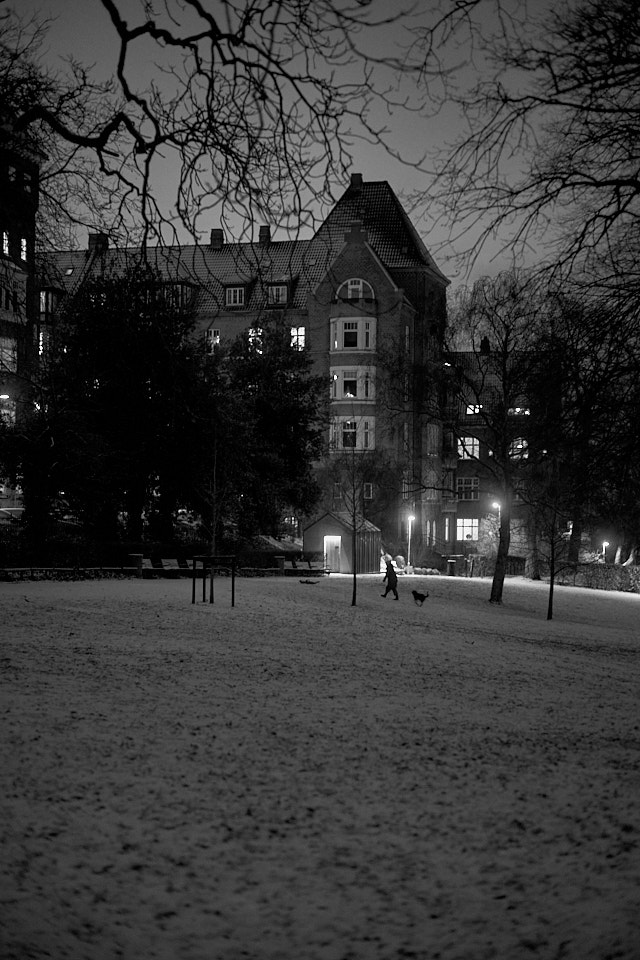
Leica M10-P with Leica 50mm Summilux-M ASPH f/1.4 BC. © Thorsten Overgaard.
It’s a quiet revolution.
When you find someone, who has come up with an original thought unrelated to current news streams, you are with a special person. They actually made an independent idea that didn’t come from a newspaper! The moment your kids say, “I've got an idea” you are talking with the real person and not a machinery that responds to impulses.
This quality of originating is one that photography almost always provokes. You may feel that you are just taking photos of what is there. But if you look at what you do, you will realize that you actually create something that wasn’t there before. It may be inspired by what was there (and often things we create are), but it is in fact created and didn’t exist before.
You made something.
You didn’t do what was expected or what you got paid to do. You didn’t laugh at a comment on television written to get you to laugh, you didn’t get angry about the subject written in the newspaper intended to upset you. You made something out of nothing, and that is rather unique.
That’s what happens when you take a break.
More to come
Bon voyage with it all. Sign up for the newsletter to stay in the know. As always, feel free to email me with suggestions, questions and ideas. And hope to see you in a workshop one day soon.
/Thorsten Overgaard
Get a free eBook on photography:
Start reading in a few minutes. Sign up here:

![]()
